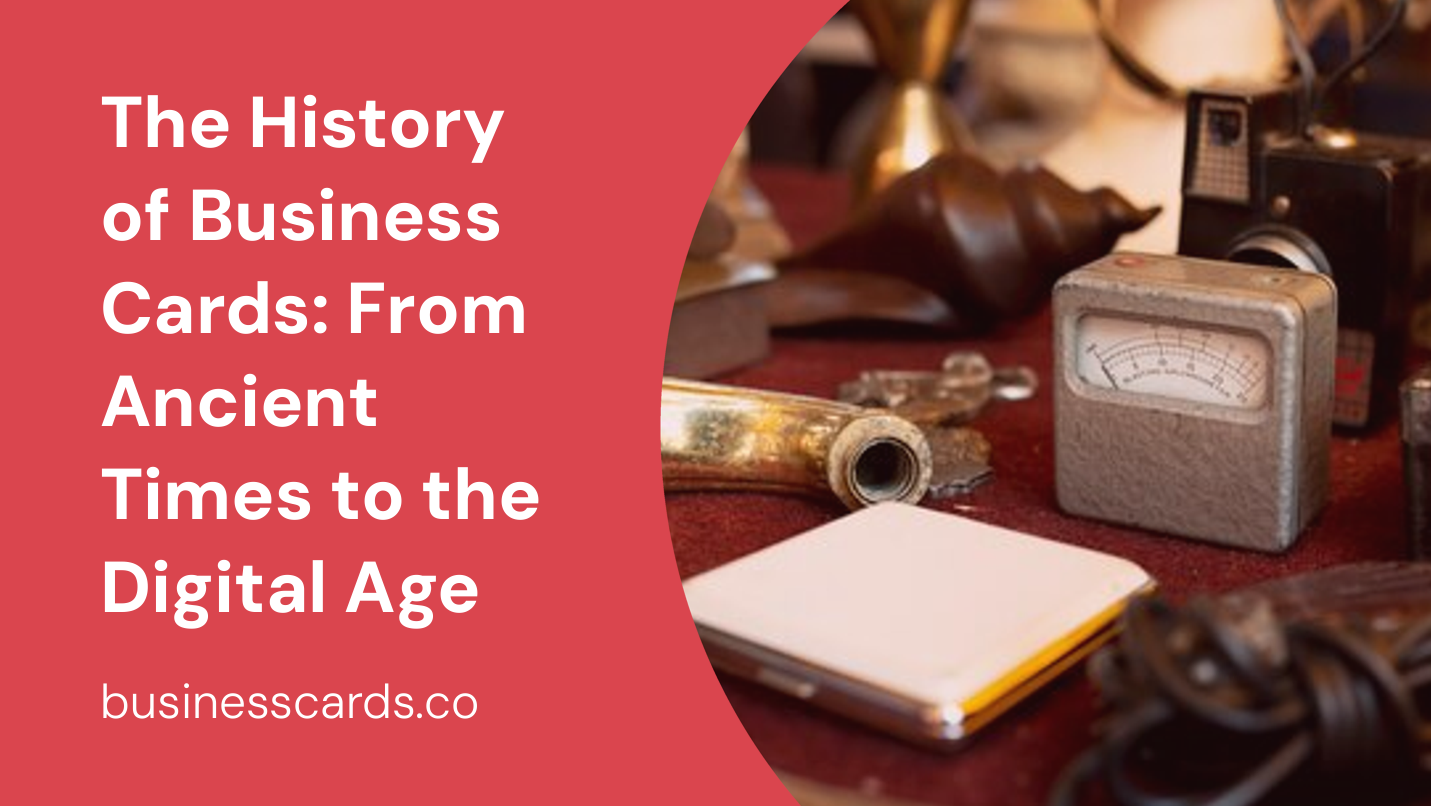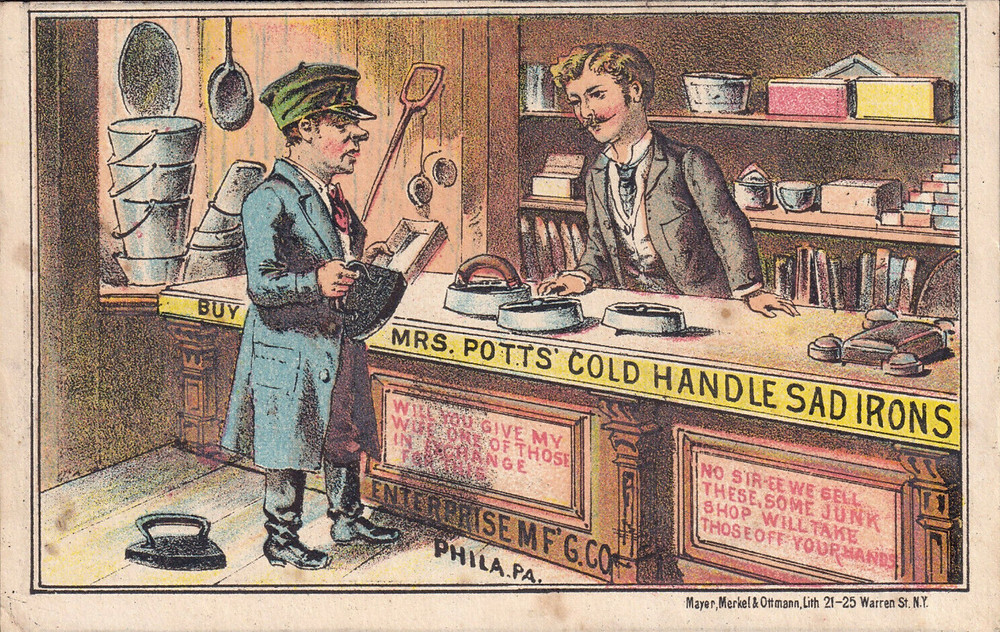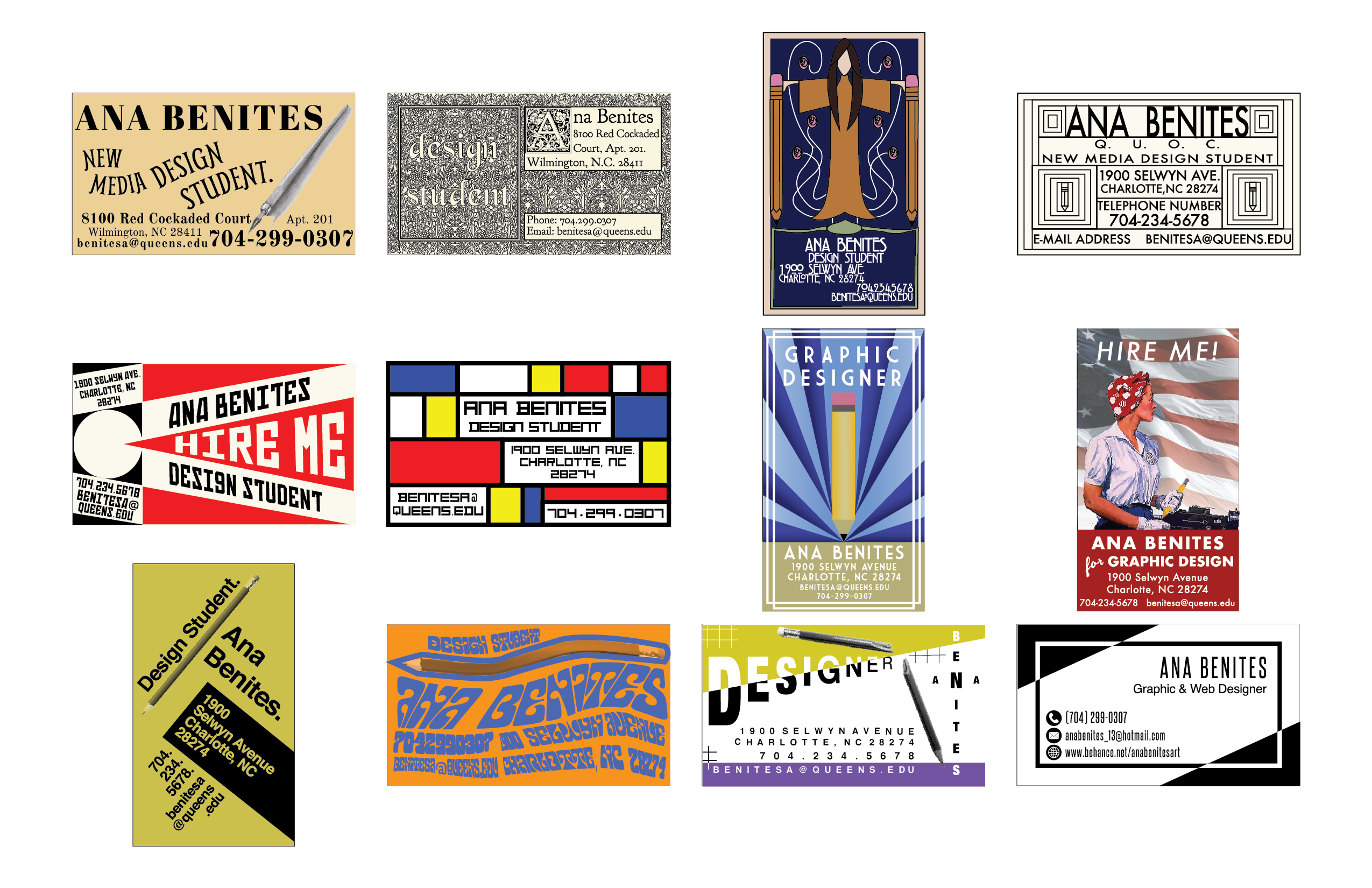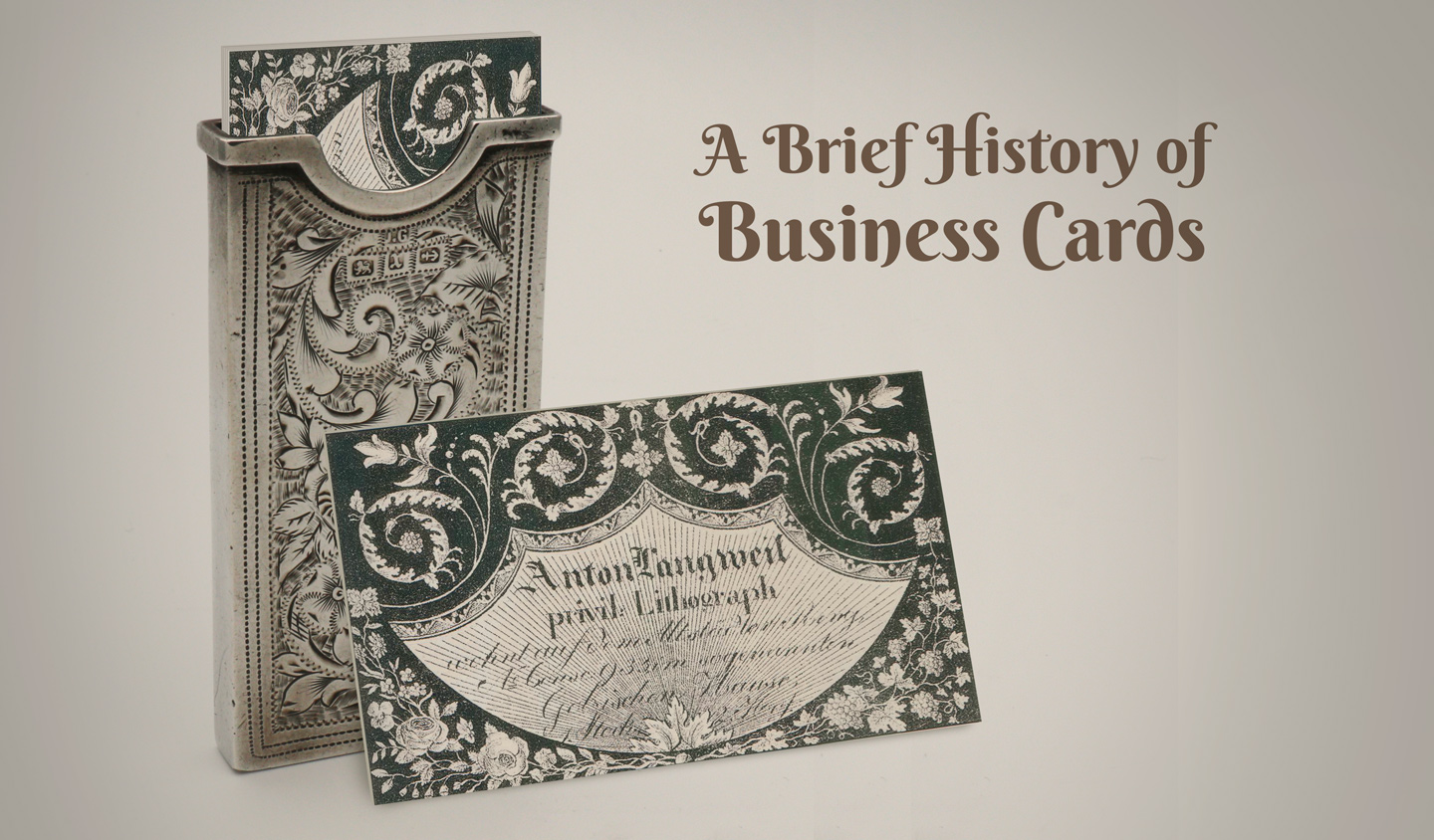
Business cards have become a staple in the modern world of networking and professional communication. These small pieces of cardstock hold a wealth of information about an individual or company and serve as valuable tools for connecting with others in the business world. But have you ever wondered about the history of business cards? How did they come to be? In this article, we will take a journey through time to explore the origins and evolution of this small yet powerful marketing tool.
The Origins of Business Cards
The concept of business cards can be traced back to ancient times. In Egypt, as early as the 15th century BC, the elite class used small rectangles of papyrus to announce their arrival at social gatherings or to send messages to others. These ancient cards often displayed the person’s name and title, similar to modern business cards.
The Emergence of Trade Cards

During the 17th century in Europe, trade cards gained popularity as a means of advertising. These cards, which were slightly larger than modern business cards, were used by merchants, tradesmen, and shopkeepers to promote their businesses and announce their services. They generally featured intricate illustrations and relevant information about the business.
The Rise of Calling Cards
In the 19th century, calling cards became all the rage in the upper classes of society. These cards, also known as visiting cards, were used to formally introduce oneself and schedule social visits. They usually included the person’s name and sometimes a brief personal message. These cards were more of a social status symbol rather than a tool for business networking.
The Birth of Business Cards

It was during the Industrial Revolution in the 19th century that business cards as we know them today began to take shape. As trade and commerce grew, individuals started to include their contact information on cards, making it easier for potential business partners or customers to reach them. These early business cards were often simple, consisting of just the person’s name, occupation, and address.
Advancements in Printing Technology
With the advent of more advanced printing technologies, such as lithography, business cards became more accessible and cost-effective to produce. This new printing technique allowed for the incorporation of more elaborate designs, including logos, graphics, and intricate typography. Businesses of all sizes started using business cards as a means of introducing themselves and leaving a lasting impression on potential clients.
Transformation in the 20th Century

The 20th century brought significant changes to the design and functionality of business cards. The introduction of color printing and the availability of new materials, such as plastic and metal, allowed for more creative and durable card designs. Companies began experimenting with various shapes, sizes, and finishes to stand out from the competition.
The Digital Age and Electronic Business Cards
With the rise of technology in the late 20th century, the concept of business cards took on a new form. Electronic business cards (e-cards) emerged as a digital alternative to traditional paper cards. These e-cards could be shared via email or other digital platforms, making it easier to exchange contact information instantly. However, despite their convenience, paper business cards have managed to retain their relevance and effectiveness in the digital age.
The Modern Business Card

In today’s digital world, business cards continue to be an essential part of professional networking. They offer a tangible representation of a person or company and serve as a physical reminder of a connection made. Modern business cards come in various designs, finishes, and materials, providing individuals and businesses with an opportunity to showcase their brand identity creatively.
Conclusion
From their ancient origins as papyrus rectangles to their transformation into digital and creative masterpieces, the history of business cards is a testament to the evolving nature of human communication and networking. These small but mighty tools have withstood the test of time, adapting to societal changes and technological advancements. Despite the availability of digital alternatives, the traditional paper business card remains a valued and effective means of making connections in the business world. So the next time you exchange business cards, take a moment to appreciate the rich history behind this seemingly simple piece of cardstock.
Samuel Anderson, a branding connoisseur, brings his knack for design and a strong marketing background to the forefront. He’s a voracious reader and enjoys delving into psychology, which he incorporates into his marketing strategies for business cards and brand development.